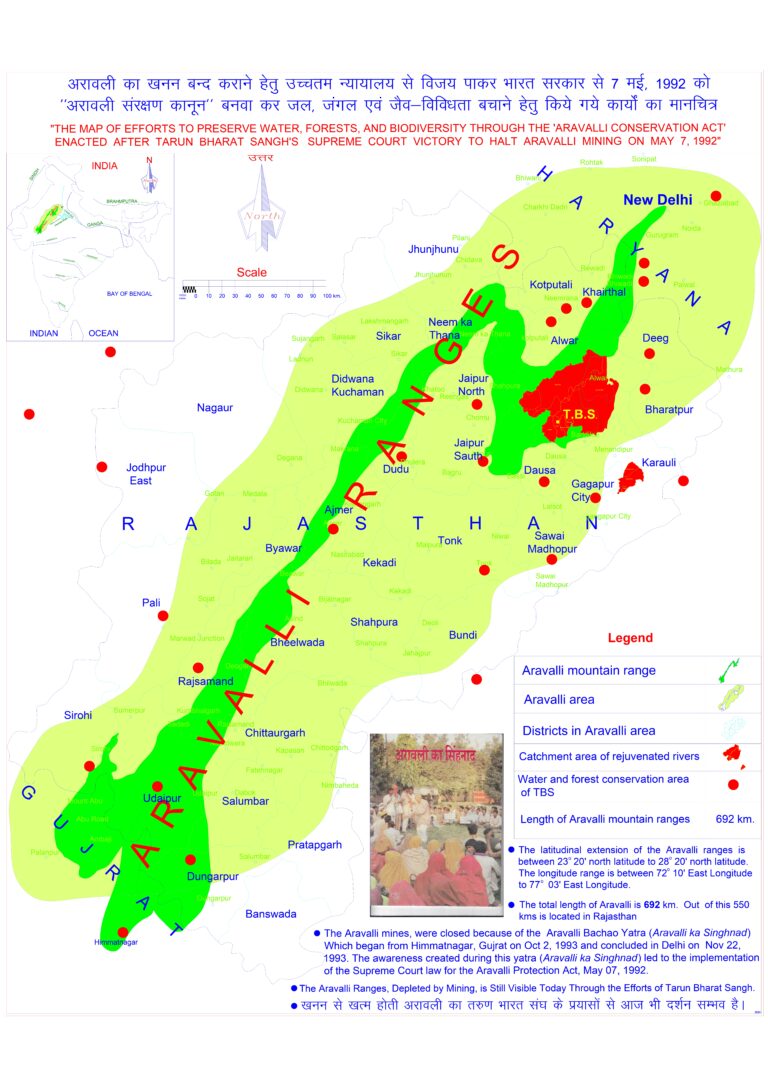
 By Shankar Raj*
By Shankar Raj*
In the name of progress, the Kerala government has been systematically destroying the fragile Western Ghats and changing land use in the plains
Thiruvananthapuram: The recent disaster due to flooding and landslides in Kerala was man-made; to be more specific, Kerala government-made. From 2018 when there was massive flooding to the present one in which 50 people lost their lives, the government has blood on its hands.
In order to make money, the government has been destroying the fragile ecosystem of Kerala with impunity. The disaster that occurred every monsoon from 2018 was not due to any cloud-burst, as the government wants its people to believe, but due to landslides triggered by constant destruction of forests and hill slopes. “Rainfall is the natural trigger, but the severity of the outcome is entirely man-made,” eminent environmentalist Madhav Gadgil had highlighted in a report by the Western Ghats Ecology Expert Panel (WGEEP), which he had headed and submitted to the Indian government in 2011. The report had then made crucial recommendations to preserve the frail Western Ghats. The report had warned that if the Ghat areas are destroyed, the state would witness massive landslides and flash floods.
In short, the report recommended that land patterns should not be changed in the ghat areas and listed out a series of measures to preserve the ecosystem.
Gadgil’s predictions have come true to the dot. But instead of taking corrective measures, the government dumped the report as vested interests raised a hue and cry. A diluted version came out in the form of the Kasturirangan report. But that too was binned.
Also read: Kerala’s Covid Fight – From success to failure hiccups
Subsequently, the state government constituted a committee of experts and scientists to examine the causes of heavy rainfall, flooding and landslides in the wake of experiences in 2018 and 2019. This committee too found indiscriminate changes in land-use pattern and quarrying as the major contributing factors for floods and landslides. Despite similar, repeated observations, the latest one from the one chaired by secretary (ex-officio science and technology) KP Sudheer (submitted to the government a year ago) said that a large number of illegal quarries were functioning in Kerala and thousands of land conversion applications were pending in various revenue offices.
There is a close link between hard rock quarrying and slope failures in the form of landslides, the report said. “Apart from creating environmental problems such as atmospheric pollution, pollution of surface water resources, depleting storage of subsurface water resources, quarrying plays an important role in destabilizing the stable slopes,” the report added.
The committee of experts recommended curbs on quarrying and mining activities at high landslide-prone areas and enforcement of appropriate regulations for quarrying and mining activities at low landslide-prone areas. It recommended restriction on financial aid from the government for construction activities in high hazard-prone areas.
The state now has 5,924 active stone quarries and crushers, but only 750 have the mandatory official permission from the Mining and Geology Department. As per rules, those functioning without permission are illegal quarries.
Even as per the statistics of the state government, Kerala had witnessed 115 large-scale landslides between 1983 and 2015. Seventy-eight of them occurred in areas where stone quarries were functioning within a one-kilometre radius.
On October 12, State Industries Minister P Rajeeve had said in the State Assembly that rock quarrying permits issued for the past one year were revoked after the green tribunal ordered that quarries need a buffer zone of 200m. Also, processing of 436 fresh applications for quarry permits were put on hold for the same reason. Government then came out with a lame excuse to once again issue permits. The government said it had noticed that the stoppages of issuing permits did not impact the construction sector, leading to an inference that many quarries are functioning without permits.
The state then re-started issuing permits as if there is no tomorrow.
Now, 19 lakh hectares are in varying degrees of erosional hazard which is acting like a slow poisoning of the land. The problem is getting aggravated each year due to biotic factors, deforestation, unscientific cultivation, overgrazing coupled with steep slopes, fragile soil system and heavy rainfall, the committee stated.
What is alarming now is that the state government has been pushing many controversial infrastructure projects in vulnerable locations, throwing the rule books out of the window and without assessing the human and environmental costs.
Quarrying is now rampant due to the hunger of the Kerala government to build unscientific infra projects. An example is the proposed high-speed silver line connecting Thiruvanantapuram to Kasargod that would slice Kerala into two. Despite objections, the government is adamant to implement the project. This project, if it materialises, would be a substantial hydrological disaster with enormous ecological and social costs. This rail corridor alone requires 1,383 hectares of land, including large tracts of wetlands, forest areas, backwater regions, residential areas with a high density of population, rice fields, and existing building spaces. Its construction involves large-scale reclamation of wetlands, lakes, low-lying areas and floodplains, which will prevent the flow of floodwater and adversely affect its easy discharge.
Some of the other controversial projects are:
- A new greenfield airport which is being promoted as something beneficial to the annual pilgrims to Sabarimala, the abode of forest god Ayyappa. Despite expert committee reports (the Gadgil and Kasturirangan reports), the Kerala government has pushed the airport project in this ecologically fragile portion of the Western Ghats.
- A controversial hydroelectric power project on the Chalakkudy river basin in Thrissur district which is prone to flooding.
- Pushing aside the concerns raised by conservationists, the government is also pushing a 1251-km-long hill highway that will traverse through some of the highly vulnerable regions of the Western Ghats.
- The proposed coastal highway, which would run across a length of 656 km. Though the devastating cyclones and floods have relentlessly battered the coastal regions, the state government is firm on constructing the road.
- Another project in the pipeline is the proposed tunnel road between Wayanad and Kozhikode, which will be the third-largest in the country. However, this project would also spell an environmental disaster if implemented. Environmentalists pointed out that the project could threaten the biodiversity of the Western Ghats region and the elephant corridors.
- In central and coastal regions of Kerala, reclamation of wetland regions, conversion of rice fields and alteration of flood plains are some of the factors behind flooding. A prominent example is the Cochin International Airport, which was constructed years ago by reclaiming low-lying paddy fields. The airport is located just 400 metres from the mighty Periyar, the longest river in the state with an enormous discharge potential. During heavy rainfall, the runways get flooded as the river battles to recapture its floodplains.
Ignoring the red flags raised by the green tribunal on many of the projects, the government continues to issue permits for quarrying. “Apart from creating environmental problems such as atmospheric pollution, pollution of surface water resources, depleting storage of subsurface water resources, quarrying plays an important role in destabilizing the stable slopes,” the government-formed committee report said.
Quarrying, deforestation, unscientific cultivation, overgrazing coupled with steep slopes and fragile soil system were the identified trigger factors for the tragedies since 2018, not just heavy rainfall. To study flooding control measures, Kerala Chief Minister went to The Netherlands and came back with a ‘Room for Rivers’ Project. Nobody knows anything about the project as rooms and houses of the poor vanish every monsoon season.
In a reply by Revenue Minister K Rajan on October 7 in the Assembly, the government clarified that 78,541 applications were pending in various revenue offices for conversion of paddy land and wetland to land for residential and construction purposes. Also, the committee found that from 2006 to 2016, the rate of permanent conversion of paddy land to other land types was an alarming 135%. Built up land in the state increased by 40%.
Again the government continues to be deaf to the suggestions. Trees that were indigenous to hilly terrain continue to be systematically cut as people started rubber and pineapple plantations. In some areas, large tracts of land were converted for amusement parks, knowledge parks etc. This has been leading to massive soil erosion triggering landslides whenever there is a downpour.
The committee found that from 2006 to 2016, the rate of permanent conversion of paddy land to other land types was an alarming 135%. Built up land in the state increased by 40%.
Paddy, the dominant crops in the state, witnessed a reduction in cultivable area due to the indiscriminate conversion of land to other uses, often for non-agricultural purposes and plantation of unsuitable crops. In contrast, the area under rubber cultivation expanded from 1.23 lakh hectares in 1960-61 to 3.46 lakh hectares in 2010-11. A whopping 78,541 applications were pending in various revenue offices for conversion of paddy land and wetland to land for residential and construction purposes.
The incentive for cash crops and marginalization of support and incentives for food crops, over the years, changed the cropping pattern without considering the biophysical production potential of land parcels, a report said.
Climate experts believe that unscientific and indiscriminate human interventions in the ecologically sensitive areas of the ghat region were critical triggers that aggravated the tragedies, claiming scores of lives since the 2018 floods.
If God’s Own Country continues to ignore the fragile biodiversity in the state, only God knows what will happen to the state (to borrow a line from Rajnikant).
*Shankar Raj is former Editor of The New Indian Express, Karnataka and Kerala, and writes regularly on current affairs.





